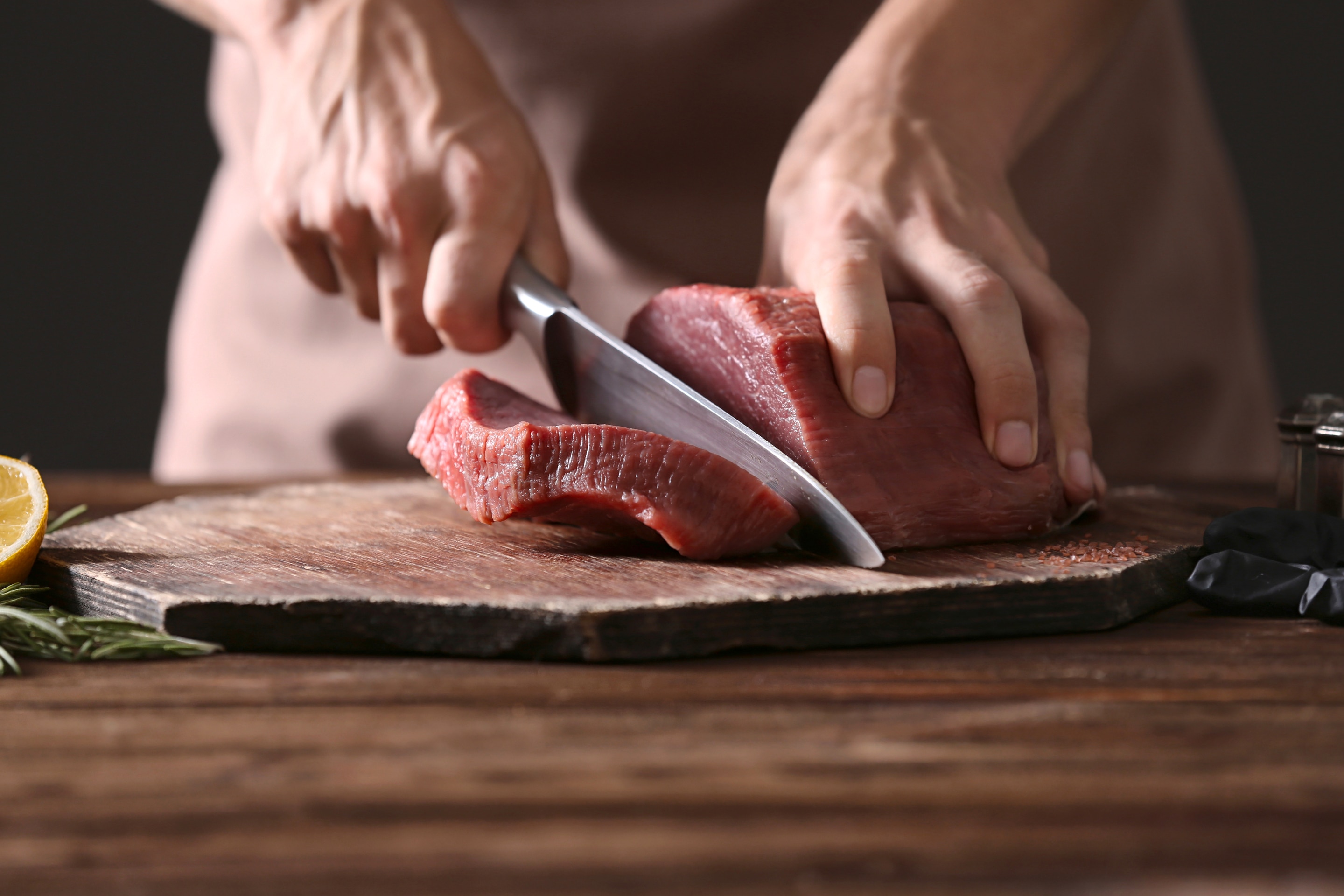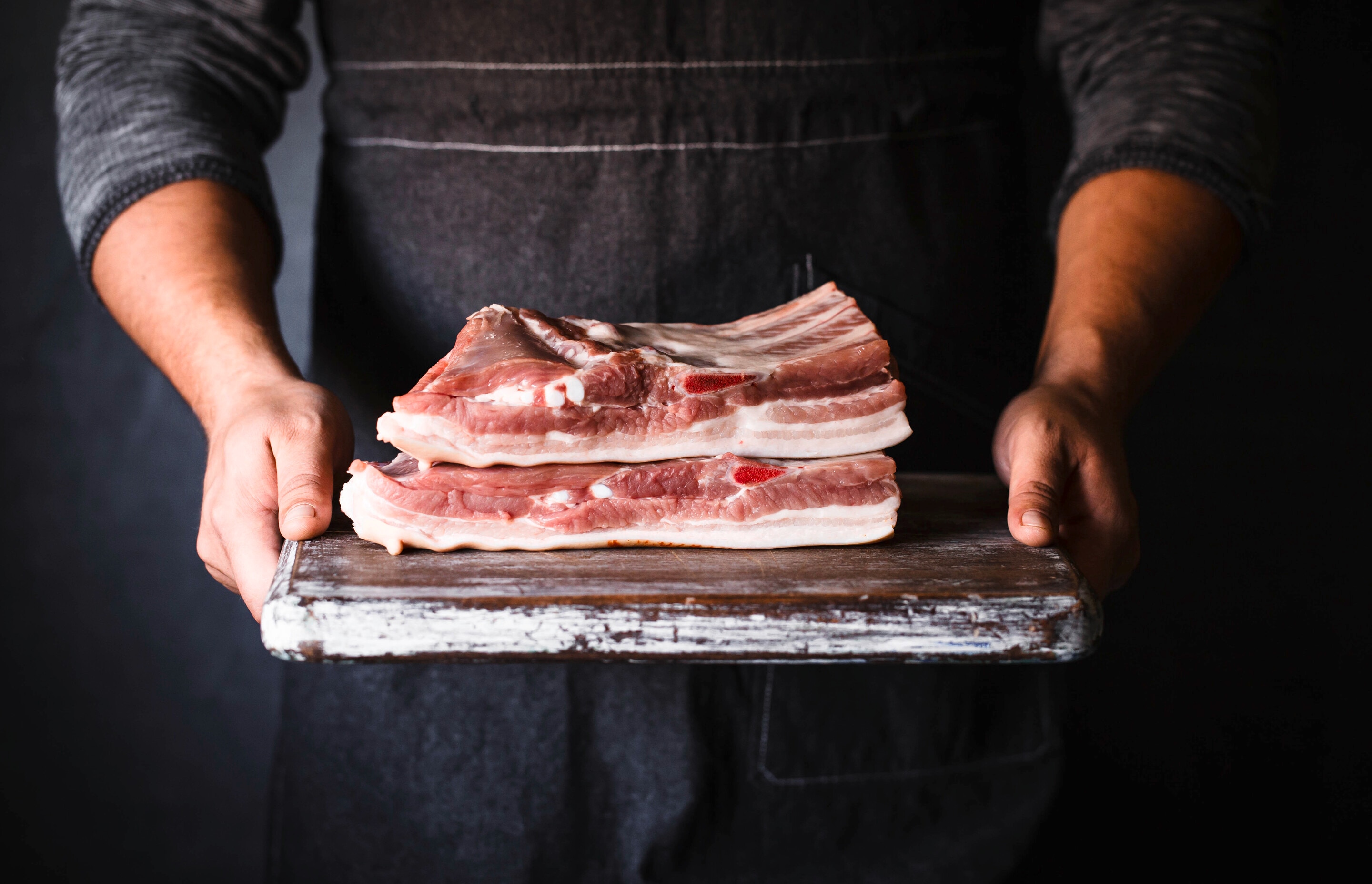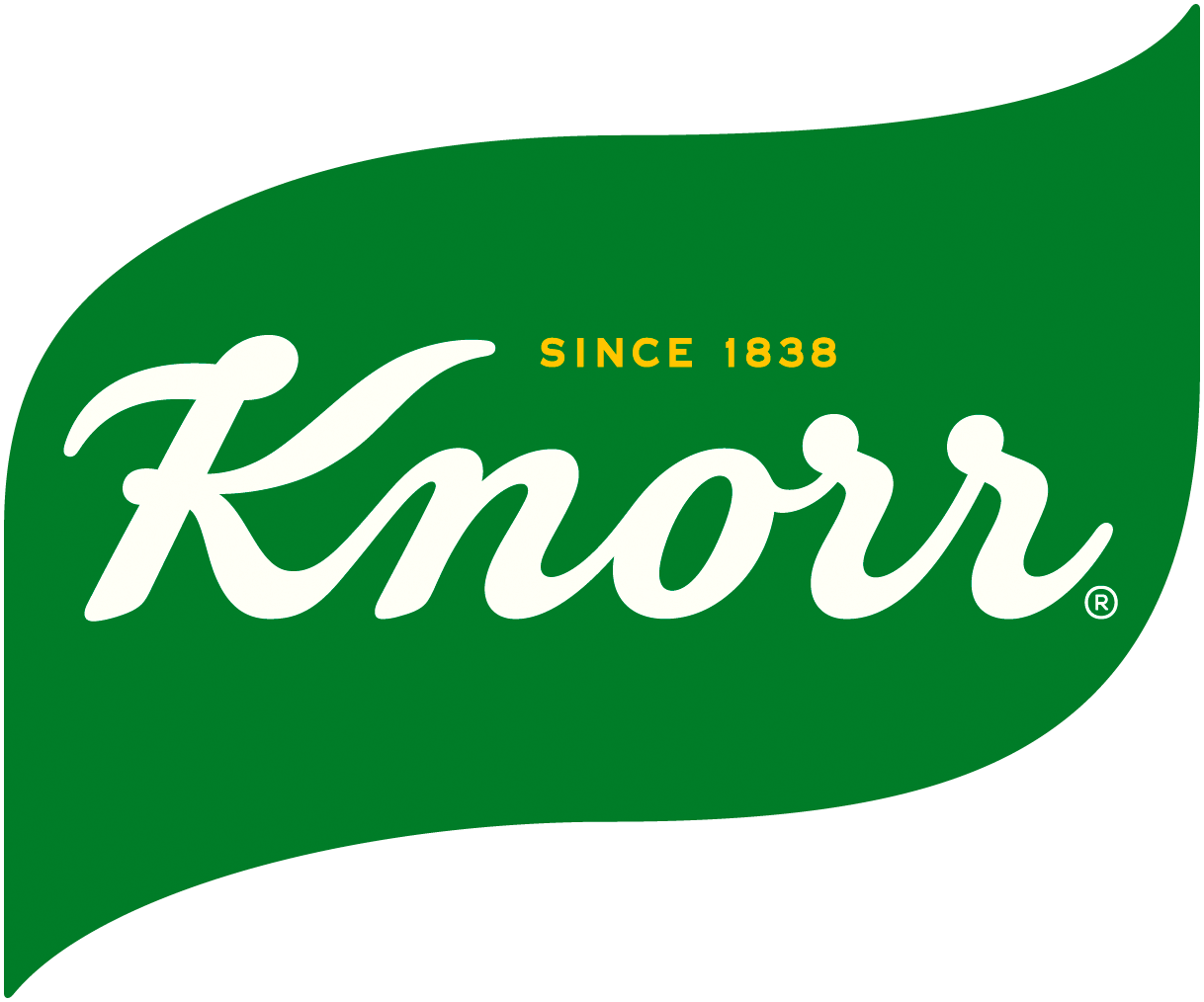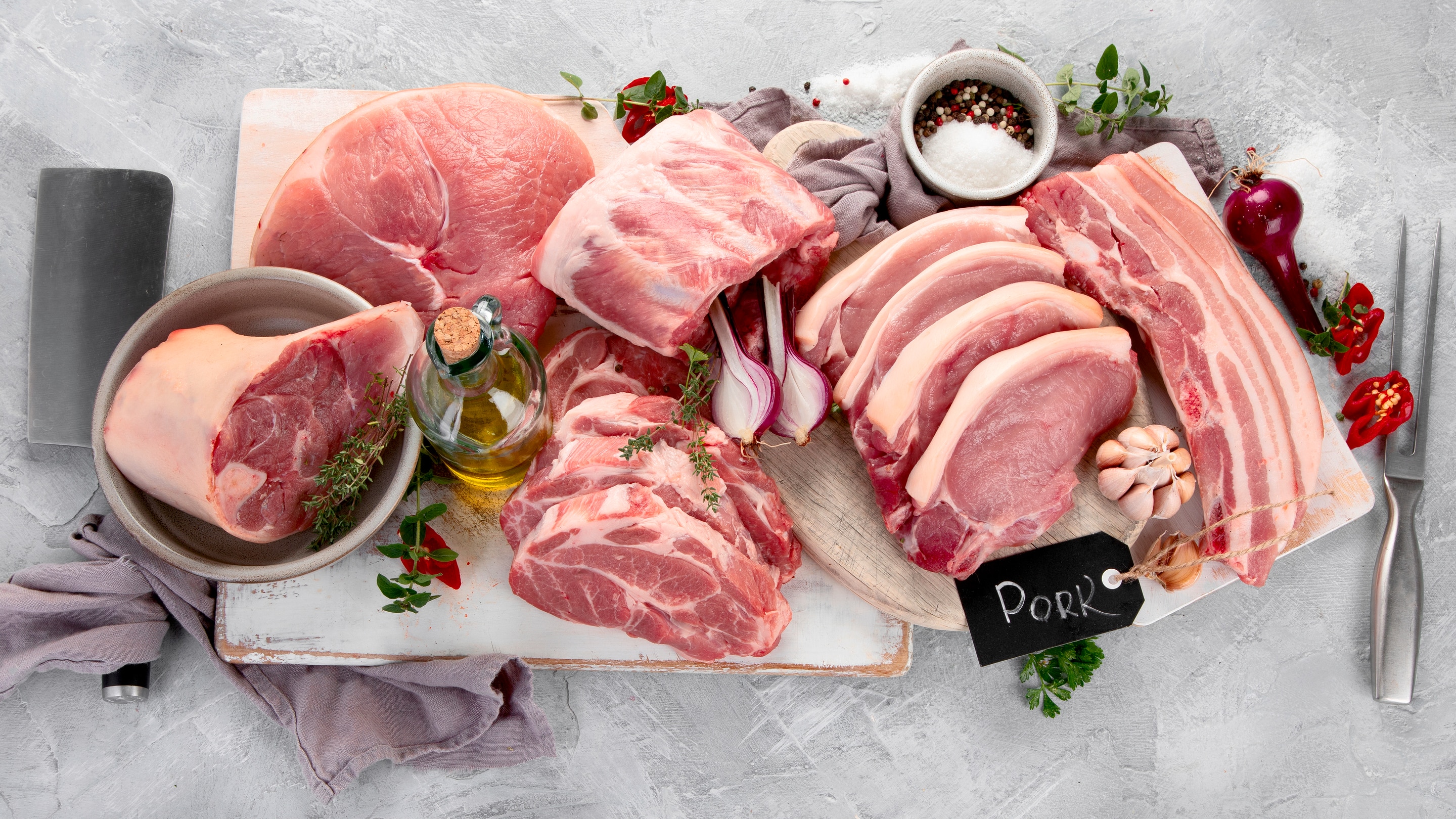Skip to:
The bellies and shoulders are the primary cuts of pork, but don’t miss out on the other chops
Pork plays a huge role in the average Pinoy’s diet, as evidenced by the countless dishes that utilize various parts of this animal. Nearly every food in our culture is known for owes its existence to a succulent portion of the pig. Take for example the Crispy Sisig, Shanghai-style Lumpiang, and of course the Lechon, all of which come from various cuts of pork.
Like many of our Asian neighbours, Filipinos like to use every bit of an animal. Waste not, want not, right? But lots of people are not as familiar with all the parts of the swine as you would imagine. A fondness for Pork Adobo has made the kasim cut rise above the other pork chops. Take a quick lesson on the most common cuts of pork, what dishes they are best used in, and a few little tips along the way. Let’s get started!
A Guide to the Different Pork Cuts

There’s more than one cut of pork to choose from! You’ll find out the many options you can have for an exciting ulam ng baboy
Whenever you visit the meat section at the grocery store, you are greeted with a wide range of meat cuts. Unfortunately, you might have some trouble identifying them since supermarkets have gotten into the habit of displaying meat products based on the name of the dish rather than the cut of the pork. It’s a fantastic way to find menu ideas but it tells you nothing about the meat you are being sold.
Don’t worry, we got you covered! Here is a quick guide to the primary cuts of pork, what they are locally known, and the estimated price (as of May 2022).
Liempo (pork belly)
Pig belly or liempo refers to the cut that is taken from the sides or the belly of a hog. The price is around ₱460/kg. Layered alternately in lean meat and fat, the belly is the most flavorful part of the animal. Typically, grilled, fried, or turned into a roasted dish, pork belly is a good substitute for recipes that require the Boston butt. Other uses include cured meats, pancetta, and bacon to name a few examples
Kasim (Boston butt)
Although this part is also called the Boston Butt, it does not actually come from the pig's backside. Kasim is a nicely marbled section that contains litid (ligaments and tendon) and comes from the shoulder. The price ranges from ₱320 to ₱330 per kilogram.
It’s the perfect cut for whenever you want to make stews and slow-cooked recipes that involve barbecuing and braising. As previously mentioned, kasim is most widely used for Adobo, but it’s also ideal for Menudo and Sinigang. When cooking over stovetop, use a nice heavy bottomed pan to ensure all pieces cook evenly.
Pata (hock)
You can’t talk about this part without thinking of Crispy Pata, or Paksiw. Extremely underrated, this cut can be utilised in variety of ways. It’s considered one of the cheapest cuts, priced at ₱310/kg.
Where the hock lacks in fat, it makes up for in the surrounding tendons that are filled with tons of flavor. This is one of the many different cuts of pork you can use in Sinigang. Once deboned, it can be a great alternative for the pig’s mask which is often used for the best beer partner known to man – the Sisig.
Pigue (ham/leg)
The best part of the swine for lean meat lovers can be found in its hind quarters. Used often to make fresh or cured ham, the pigue or leg is just as multi-purpose as the kasim. Similarly, this is one of the primal cuts of pork that tastes even better when cooked slowly. Due to its minimal fat content, slow cooking will properly tenderize this lean portion better. Make Pork Nilaga, Asado, homemade Chorizo, and Lechon Kawali with a good-sized piece of this cut. You can get the pigue for ₱320- ₱330 per kilogram.
Lomo (tenderloin)
Better known as tenderloin, the pork loin comes from a section of the pig between its shoulders and its back legs. Like beef tenderloin, the lomo is the most tender section and the leanest one to boot. Many butchers cut the entire back portion, but you can easily request it cut up based on your cooking needs for ₱380/kg. Get the perfect bite through grilling, roasting, or even a slow stovetop simmer.
Tadyang (ribs)
Price per 1kg: P514.00
Just below the tenderloin is this next cut, the ribs or tadyang. It’s the more expensive cut, with the price of ₱514/kg. As you may know, ribs are often categorized into two types: baby back and the spare ribs. How do we differentiate these two types?
Baby back ribs are a cut that is taken closer to the loins. Meanwhile, the spare ribs which are brimming with meaty goodness come from the ribs in the belly area. Pork ribs have the leanest meat covering the bones, the reason why it is usually priced higher. To cook this cut, roast it in an oven or throw it on a nice hot grill.
Create a very meaty stock with this pork part or deep-fry to make Crispy Tadyang. Want to make this sinful bar food a little healthier? Get the same results minus the extra fat from the oil by cooking it in an air fryer.
Picking Your Pork: A Simple Guide

A butcher can help you pick and cut the best meats to cook the menu on your wishlist
By knowing your pig cuts, you reduce the chances of producing an unsatisfactory meal. You also eliminate the chances of using parts that are of poor quality. Here are a few tips to remember when buying pork cuts.
Appearance
- Look for pork with pink pale flesh. When touched, it should be firm, not falling apart or saggy. An even layer of white fat should be over the meat. If the meat appears grey or greasy, it could mean that it’s past its best buy date. Purchase meats from reputable butchers and top supermarkets.
- If you’re buying frozen meats, the flesh should still have a pinkish hue. Discoloration (grey and bluish meat) is a sign of freezer burn, a clear indication that the meat has been in storage for a long period of time.
Roasting
- As a rule of thumb, all cuts of pork can be roasted.
- When planning to roast lomo, look for one with a generous layer of fat on top. You can roast it whole or have it cut into chops for pan frying.
Fat
- Pork butt is less expensive than a tenderloin. It often comes bone in with a good amount of fat and marbling on the inside. This layer creates a more succulent roast, so always look for fatty pig shoulder.
- Liempo is flat and wide. It is also streaked with a lot of fat. Slow roasting will render its fatty part, giving you a melty and meaty bite with a crackling outer layer.
Besides the aforementioned cuts of pork, there are a few others that Pinoys like to use whenever they are available. The maskara (head/face), tenga (ears), and batok (neck) can taste delicious when cooked right. However, if you are familiar with the primary cuts of pork, finding acceptable substitutes for harder to find parts won't be difficult.
More importantly, knowing what cuts of pork to cook allows you to budget your grocery expense wisely. Since each portion of the animal is priced differently, you can base your shopping allowance on the cut you intend to use. Buying an inexpensive part does not have to be a sacrifice on quality and flavor when you can give your dishes the full-bodied taste of one kilogram of pork with just a single Knorr Pork Cube

